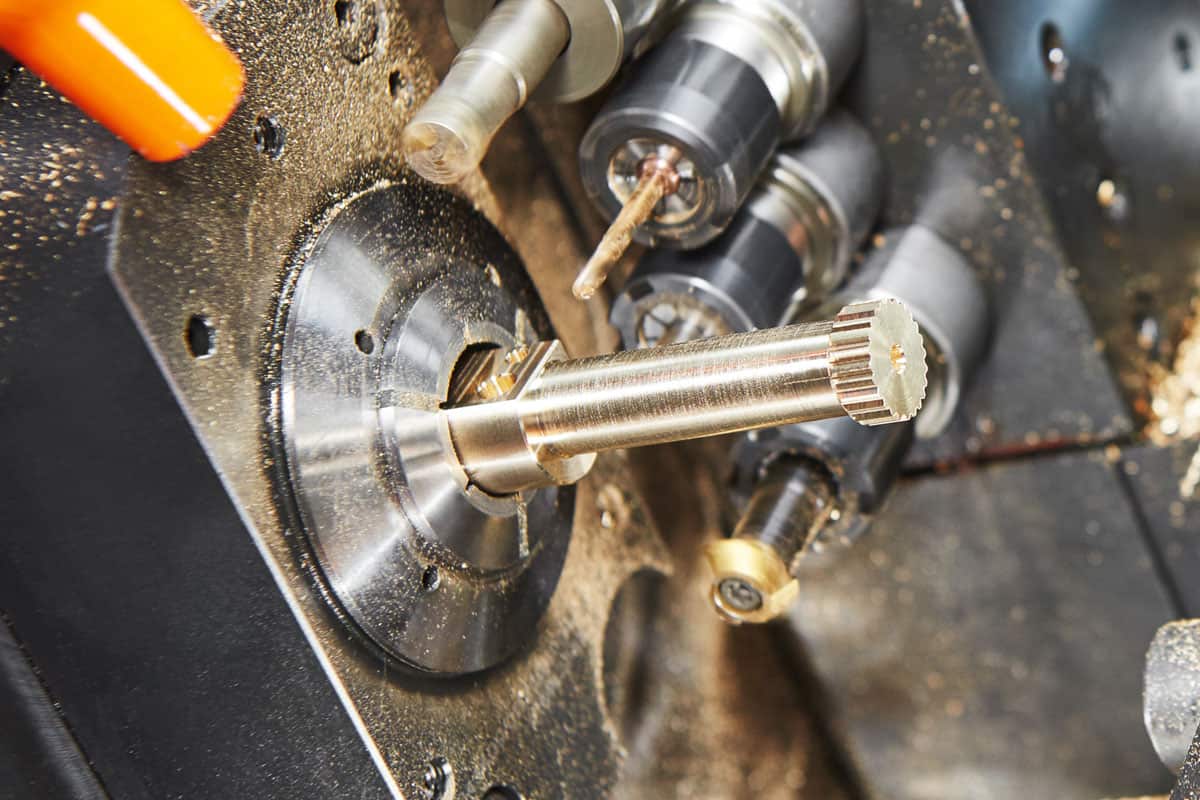Brass allows for high-speed machining that reduces cycle times and helps lower cost per part. With a machinability rating of 100, free-cutting brass sets the bar for other metals. Easily tolerating the most-aggressive metal removal rates, brass unleashes the incredible productivity capabilities of advanced machine-tool technology.
Five different brass rod alloys readily maintained the high-speed machining parameters shown below on a V55 Makino CNC Machining Center with a 20,000 RPM spindle. Top speeds were based on achieving practical tool life (>2 hours), chatter-free operation, acceptable surface finish and manageable chip formation.
The Makino’s spindle capabilities limited maximum turning speeds. Alternative machine tools with faster spindles could push cutting speeds significantly higher. No matter what machines you use, run brass fast, keep the green light on longer, and focus on winning the next job.
| Operation | Cutting Tool | Speed (SFM) | Feed | Depth of Cut (in) |
|---|---|---|---|---|
| Turning | TiAIN coated carbide, 0.031″ nose radius | 4,000 | 0.015 IPR | 0.125 |
| Drilling | Solid carbide spiral flute, 0.50″ D, 130 deg. point | 2,000 | 0.015 IPR | 1.5† |
| Milling | 2-flute carbide indexable, 0.75″ D | 2,500 | 254 IPM | 0.188‡ |
Chart specs
Brass alloys: C36000 and C38500 (free-cutting); C27450, C69240 and NBM Model 3 (lead-free)
Coolant: TRIM SOL® general purpose water-soluble emulsion at 10% concentration; through coolant for drilling and milling
>16,950 RPM safely achieved at 0.9 in bar stock; tool life >4 hours
† Hole depth for minimum tool life of 1,000 holes
‡ 50 percent overlap and 0.008 in radius






